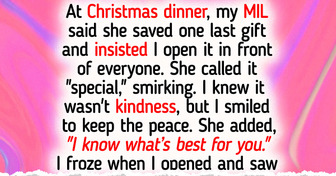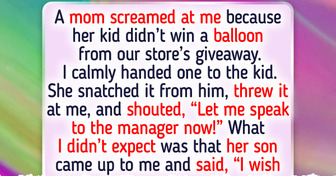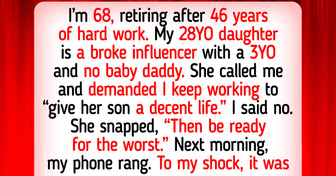My DIL Shut Me Out of the Family Vacation but I Didn’t Hold My Tongue
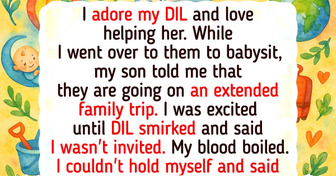
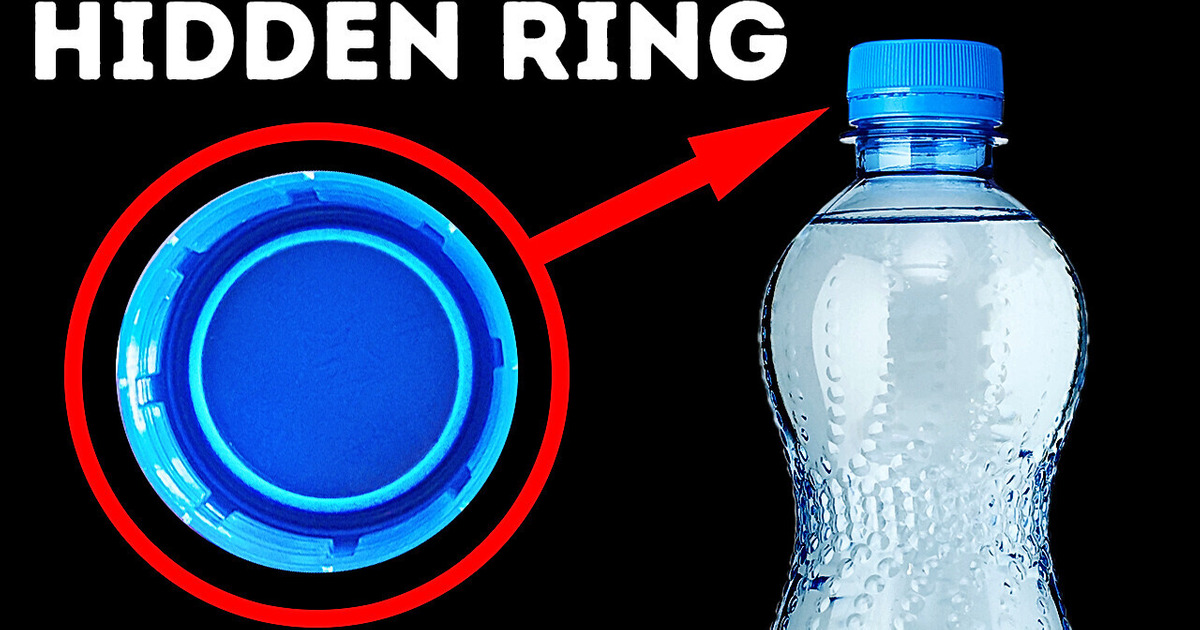
If you look at it on the street, you’ll think a fire hydrant is about 3 feet in height. But the actual size of the device used to provide water supply to firefighters all over the world is twice as large. That is if you count the rest of the hydrant, which is hiding underground. They are mostly red, and it’s not just a matter of urban design.

First of all, they need to be of bright, easily noticeable colors, so firefighters can spot them fast when they need to. The choice of color depends on how much water the hydrant can hold. It can sometimes vary depending on the location, but here’s the breakdown: a red fire hydrant can splash 500 gallons of water per minute, while an orange one — at least 1,000 gallons. Green ones mostly process 1,500 gallons of water per minute, and the most plentiful ones, colored blue, can generally contain over 1,500 gallons.
Hey, bowling fans, isn’t it super annoying when your bowling ball gets cracked? Turns out that most of them can get damaged because of incorrect storage or spikes in temperature. Now come on, face it, since it’s already cracked a bit, aren’t you curious what’s actually inside the bowling ball, ‘cuz I sure am. Let’s have a look! They mostly make the inner core of the ball of powdered metal oxides — like calcium or iron oxide. They mix them with some resin and catalyst to harden the whole mixture. So, that lightbulb shape you now see inside of the ball is actually its’ heaviest part. It also influences how your bowling ball rotates when going down the lane. The same goes with spray paint cans. When you shake it, it makes a weird noise, but what IS that thing in there? It’s called a pea, and it is meant to hold the paint mixture in place and maintain its shape. They generally make it out of plastic, metal, or ceramic. It basically acts as a whisk to make sure your paint is well mixed together before you apply it to your surface of choice.
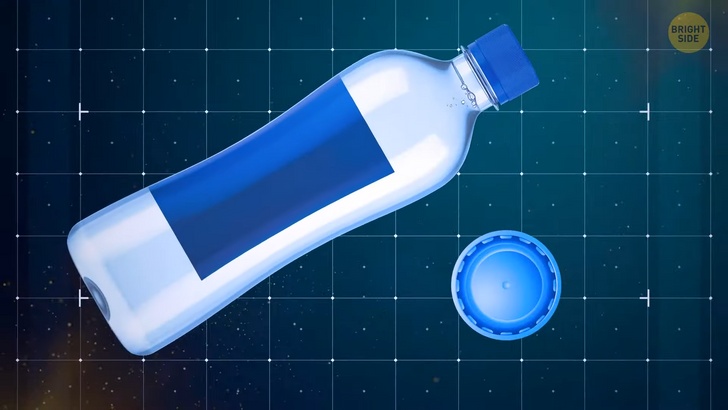
Ever wondered how soda bottles keep that refreshing fizz for that long? Well, they have a little plastic ring fastened to the lid. They place it there to keep the gas from escaping and making the soda go flat, even if you shake it around in your bag the whole day.
Speaking of things we use on a hot summer’s day, wait wait, don’t put your baseball cap on just yet! Take a look at it for a minute, and you’ll notice there is a small button on the very top. Is it functional or is it there just for the sake of design? Way back when people started using fabrics to cover their heads, some say the button was actually functional. Since it’s on top of the cap, where all the fabric panels come together, the top button helps to keep the cap crown in one single piece. Now with recent advances in fabric and pattern design, the button is more of an aesthetic feature. It’s used to cover up the joint point of the fabric panels. Your cap might not have a button at all, but don’t you think a cap actually looks better with one?
Cotton pads have two sides, and if you take the time to look at them carefully, they’re actually different in texture. Just in case you’ve ever wondered why, the textured side is for applying makeup, and the even side is for removing it.
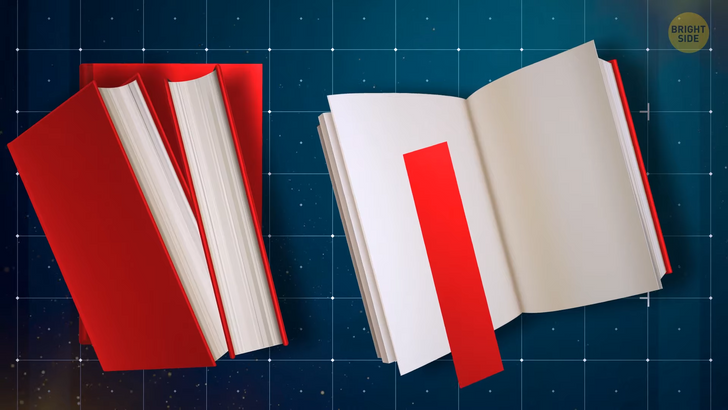
Bookworms, this one is for you! Dust jackets that come with a lot of hardcover books are not just meant to make your book look pretty. They can also double as a bookmark. Just fold the pages you’ve already read underneath the inside of the jacket, and voila!
Next time you reach out for your favorite shirt, take a look at the top buttonhole. It should be stitched horizontally, and all the other ones are vertical. Turns out the dress shirt was designed this way since the first and the last buttons were the first ones to unbutton throughout the day. They then changed the direction of the buttonhole to ensure the shirt would stay nice and fitted before you’re ready to take it off.
These days we have so many variations of this awesome dessert that it’s hard to imagine we’ve ever lived without it. You can find different types of cookie dough ice cream or even a chocolate chip cookie cake basically everywhere. But the famous cookie wasn’t actually invented until 1930. The story goes that a woman named Ruth Graves Wakefield was preparing some chocolate cookies as she was waiting for some guests to arrive. She soon figured out she was out of baker’s chocolate, a crucial ingredient for the classic cookies. To fix things up, she chopped up a block of semi-sweet chocolate, thinking it would eventually spread evenly throughout the batter, given the heat of the oven. Things didn’t necessarily go as planned, but hey, it’s great they didn’t because this is how she invented this modern dessert we now can’t get enough of!
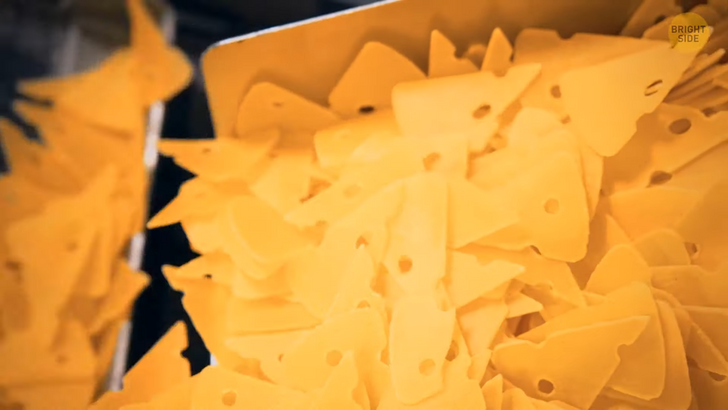
And speaking of popular snacks, the potato chip is even younger than the chocolate chip cookie. Well, at least historically. There are many stories trying to explain how it was invented. One of them goes like this. A chef named George Crum, based in New York, put the chips together in 1953. He decided to try a different cooking solution when one of his customers didn’t have nice things to say about his French fries. He said they were too thick and kind of mushy. Then, Crum came up with potatoes that were thinly sliced and fried until brown. People absolutely loooved the dish, and they welcomed the first-ever batch of chips with open arms.
Ice cream, anyone? If the story is true, back in 1904, at the St. Louis World’s Fair, one ice cream shop owner ran out of cups to serve his dish. So, he fashioned a waffle into the shape of a cone, and the rest was history.
Ok, I’ll admit it, chewing gum-like treats have been around since the ancient Greeks, so this one isn’t particularly a revolutionary discovery. But the actual gum we buy today wasn’t there until the late 1800s. An American inventor named Thomas Adams wanted to mix together different chemicals to create rubber. He tried — and failed, for that matter — to play with chicle for his experiment but ended up fashioning this neat treat. They still use chicle to this day to produce most chewing gums.
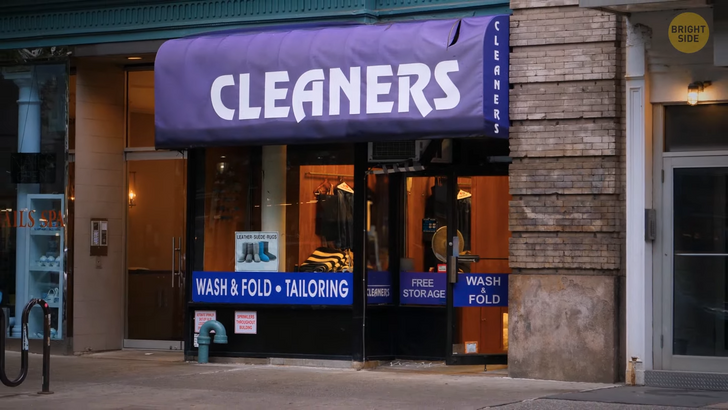
Back in the 1800s, there lived a man named Jean Baptiste Jolly, who worked in the fabric industry as a textile maker. How he came up with this next invention that we use a lot these days has less to do with him and more to do with his maid. The story goes that the woman accidentally knocked a kerosene lamp over onto a tablecloth. Instead of getting upset over the damaged fabric, Jolly noticed that the substance actually made the material cleaner. Figured it out yet? Yep, that’s how the idea for the very first dry cleaner popped up. A very neat accident, if I do say so myself.
Now, this one I loved: did you know matchsticks were initially called “friction lights”? Or at least that’s how their inventor, a chemist named John Walker, called them back in 1826. He scraped a stick coated in chemicals across his hearth totally by accident one day and realized that they ignited and created a spark. Initially made out of cardboard, they were then made using wooden splints and sandpaper.
Back in the 1940s, a man named Harry Coover stumbled upon a chemical formulation that seemed to stick to everything it touched. The scientific community at the time didn’t look much into it as the formula didn’t seem to have many applications back then. It wasn’t until 1951 that he looked a bit more into the formula and decided to repurpose it, along with a fellow Eastman Kodak researcher named Fred Joyner. They gave it a proper full name, but you must know it by the shorter version — the superglue. It has so many uses in security these days that it’s hard to believe we didn’t come up with this one on purpose.
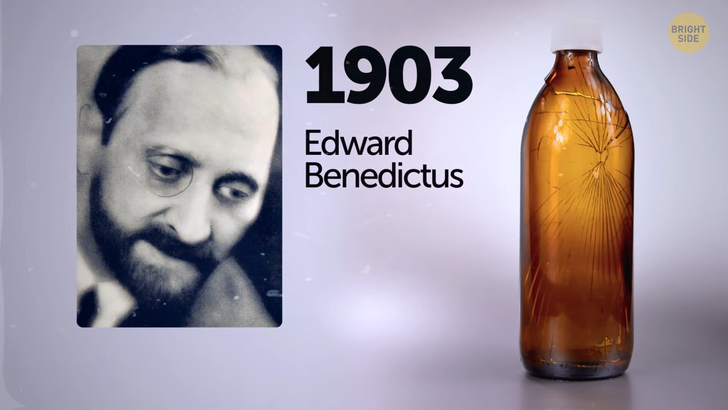
Back in 1903, a scientist named Edward Benedictus knocked over a flask by accident. He looked down and was amazed to see that the glassware had just cracked slightly but maintained its shape. He was expecting it to break into a million tiny pieces. Curious about this hidden feature, he looked into it and figured out that what was keeping the glass together was a substance coating the inside of the glass. Ta-da: that’s how humanity came up with safety glass.







